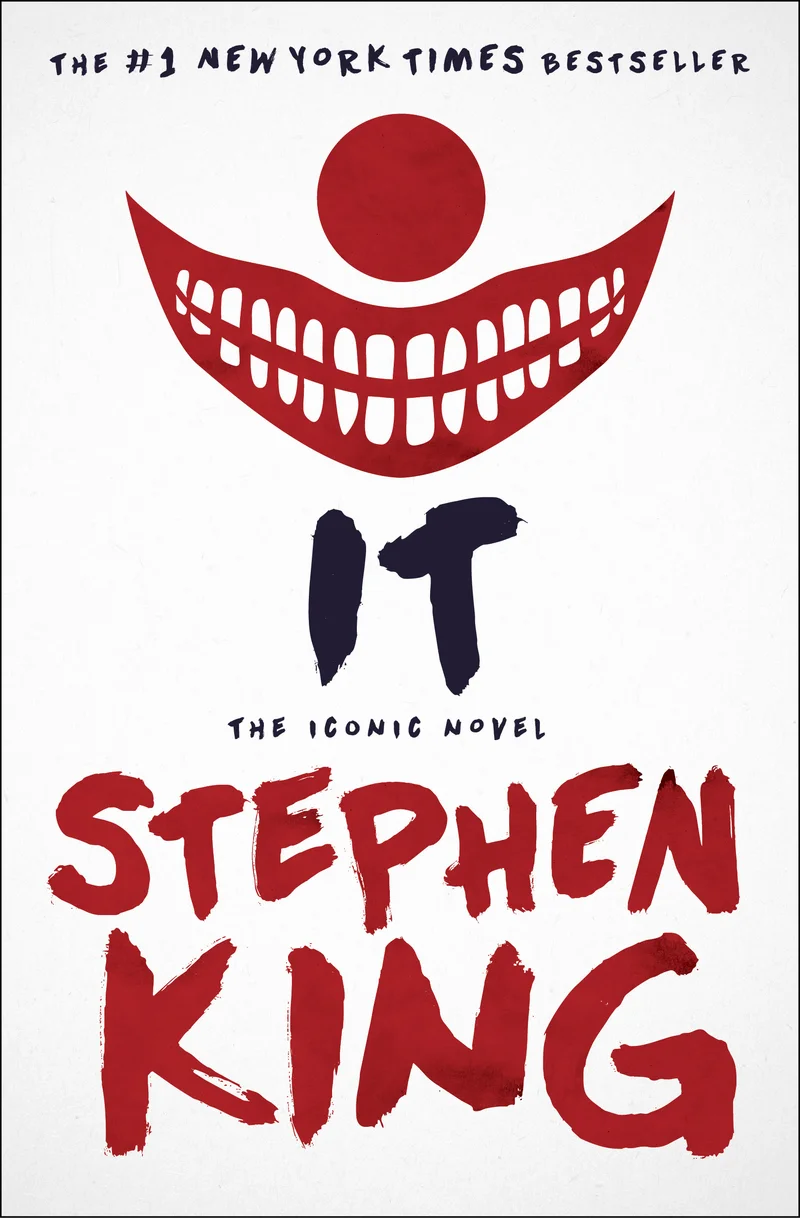So, HBO is back in the Stephen King business with It: Welcome to Derry. Great. Another prequel nobody asked for, promising to uncover the "enigmas" of a monster that was scarier when we knew less about him. The creators are already out there doing the press rounds, talking a big game about "empathy" and tackling deep social issues from the 1960s.
Give me a break.
We’ve seen this movie before, and I don’t mean the one with Tim Curry or the one from a few years back. I mean the one where Hollywood pats itself on the back for being “brave” while leaning on the oldest, laziest tricks in the book. They promise us a thoughtful exploration of evil, but what we usually get is just another sideshow, asking us to gawk at the "other."
Horror’s One-Note Symphony
For as long as movies have existed, horror has had an ableism problem. It’s the genre’s dirty little secret, or maybe not so secret. As Kathryn Bromwich pointed out in Horror movies have an ableism problem. Isn’t it time we found new ‘monsters’?, the formula is sickeningly simple: if you want to make someone scary, make them different. Give them a scar, a limp, a prosthetic. Make their body not "normal." It's a lazy trope. No, 'lazy' doesn't cover it—this is a five-alarm dumpster fire of creative bankruptcy.
This isn’t just about old black-and-white B-movies, either. We’re talking about modern, critically acclaimed directors. Guillermo del Toro, a guy who’s supposed to be the patron saint of misunderstood monsters, completely fumbled the ball with his Frankenstein. He made the creator, Victor, the one who becomes progressively more disabled as he descends into madness. You get it? His moral corruption is mirrored by his physical decay. How stunningly original. It’s like a film student’s first-year thesis, presented with a nine-figure budget.
This reliance on physical difference as a stand-in for evil is like a rock band that only knows how to play one chord. They can play it loud, they can play it with distortion, they can add pyrotechnics, but at the end of the day, it’s still just one damn chord. It’s noise, not music. And I’m getting tired of the racket. So when I hear the team behind It: Welcome to Derry talk about digging into the "real" horrors of a small town, my guard immediately goes up. Which horrors are we talking about, exactly? And who are we being told to fear this time?
Empathy, Brought to You by a Murder Clown
The creators of Welcome to Derry, the Muschietti siblings, say they were inspired by Stephen King’s “song to empathy” and his way of “denouncing injustice.” They’re setting the show in 1962 and making racial tension a core theme. A Black family moves to the predominantly white town of Derry, and—surprise!—they face bigotry. This, we're told, is part of the town's underlying evil that Pennywise feeds on.

On the surface, that sounds... fine. Noble, even. But let’s deconstruct the PR-speak. Andy Muschietti says, "it’s impossible to think of doing one of his stories without having that texture front and center." Texture. That’s the word that sets off alarm bells. Is the very real, very painful history of American racism just "texture" for their supernatural monster mash? Are we really supposed to believe that a show featuring a mutant killer baby and a shapeshifting clown is equipped to offer any meaningful commentary on the Civil Rights era?
What does it mean when the government shuts down? It means a failure of leadership. What does it mean when a horror show uses racism as a plot device? It feels dangerously close to the same thing: a failure of imagination.
It’s the prequel playbook, through and through. Every villain needs a tragic backstory, every mystery needs to be explained to death. It's like they think audiences are idiots who can't handle ambiguity. It reminds me of when my phone's OS updates and "simplifies" the interface until it's completely unusable. Thanks for nothing. They want credit for being profound while also delivering jump scares, and honestly...
Critics are already calling the show "overstuffed" and "muddled." Offcourse they are. The show is trying to be a serious social drama and a creature feature at the same time, and those two things rarely mix without one cheapening the other. Which story are they actually trying to tell? Or are they just throwing a bunch of scary-adjacent ideas—racism, the Cold War, a demonic clown—into a blender and hoping the resulting sludge is scary? It feels less like a coherent vision and more like a desperate attempt to justify why this prequel even exists.
Same Monster, Different Makeup
At the end of the day, I can’t shake the feeling that this is just the same old trick with a different coat of paint. For decades, horror has told us to fear the person who looks different. The person with the scar, the hunchback, the disability. Now, with Welcome to Derry, it feels like they’re just swapping one form of “othering” for another. They’re taking the real-world horror of systemic racism and using it as a spooky backdrop for their fictional monster.
It’s not progress; it’s just lateral movement.
The real monster in Hollywood isn't Pennywise the Dancing Clown. It’s the creative inertia that keeps churning out the same tired, harmful ideas and dressing them up as something new and profound. Whether the monster is defined by a physical deformity or the color of their skin, the underlying message is the same: be afraid of what you don’t understand. It’s not deep. It’s not insightful. It’s just another way to punch down, and I’m sick of it.

